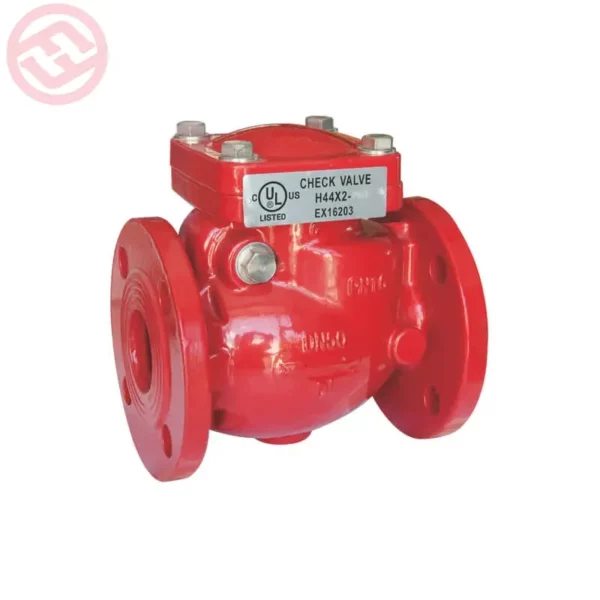When it comes to fire protection systems, fire sprinkler valves play a crucial role in safeguarding lives and property. These valves are responsible for controlling the flow of water in fire sprinkler systems, ensuring a timely response to fires. In this comprehensive guide, we will delve into the world of fire sprinkler valves, exploring the various types available and their unique features. Join us as we uncover the importance of choosing the right fire sprinkler valve for your specific needs and the role they play in fire safety.
As well-known velocity check valve fire protection supplier in China, Fluid-Tech provides quality sprinkler valves with factory prices. Below are fire sprinkler valve types:

- Wet Pipe Sprinkler Valves:Wet pipe sprinkler systems are the most common and widely used fire protection systems. In these systems, the sprinkler pipes are constantly filled with water, ready to be discharged when a fire is detected. The valve used in wet pipe systems is known as a wet pipe sprinkler valve. These valves are designed to remain open at all times, allowing water to flow freely through the pipes when the sprinklers are activated. Wet pipe sprinkler valves are simple in design, reliable, and cost-effective, making them suitable for a wide range of applications such as residential buildings, offices, and retail spaces.
- Dry Pipe Sprinkler Valves:Dry pipe sprinkler systems are ideal for environments where freezing temperatures are a concern. Unlike wet pipe systems, the pipes in dry pipe systems are filled with compressed air or nitrogen instead of water. When a fire is detected, the valve in a dry pipe system, known as a dry pipe sprinkler valve, releases the air or nitrogen from the pipes, allowing water to flow and extinguish the fire. These valves are equipped with a quick-opening mechanism to ensure a rapid response. Dry pipe sprinkler valves are commonly used in unheated buildings, cold storage facilities, and areas with low ambient temperatures.
- Pre-Action Sprinkler Valves:Pre-action sprinkler systems are designed to provide an extra layer of protection in environments where water damage must be minimized. These systems are typically used in areas with sensitive equipment, valuable assets, or areas prone to accidental activation. Pre-action sprinkler valves are equipped with an additional detection system, such as heat or smoke detectors. When a fire is detected, the valve opens to fill the sprinkler pipes with water. However, the sprinklers themselves remain closed until a secondary fire detection event occurs, such as the breaking of a glass bulb or the activation of a smoke detector. This two-step process helps prevent accidental discharge and minimizes water damage in non-fire situations.
- Deluge Sprinkler Valves:Deluge sprinkler systems are designed for high-risk environments where rapid fire suppression is essential. These systems are commonly found in industrial facilities, power plants, and chemical storage areas. Deluge sprinkler valves differ from other types of valves as they are always open, allowing water to flow through the sprinkler system continuously. Activation of the system occurs when a fire is detected, triggering the release of water from all sprinkler heads simultaneously. Deluge sprinkler valves are designed to ensure a high volume of water is discharged quickly, providing an intense and immediate response to fire emergencies.
Conclusion:
Fire sprinkler valves are essential components of fire protection systems, ensuring the swift and effective response to fire emergencies. By understanding the different types of fire sprinkler valves available, you can make informed decisions to ensure the safety of your property and occupants. Whether you opt for wet pipe, dry pipe, pre-action, or deluge sprinkler valves, it is crucial to choose the right type based on the specific needs and requirements of your facility. Consulting with fire safety professionals and adhering to local fire codes and regulations will help you design and install a fire protection system that provides optimal safety and peace of mind.
